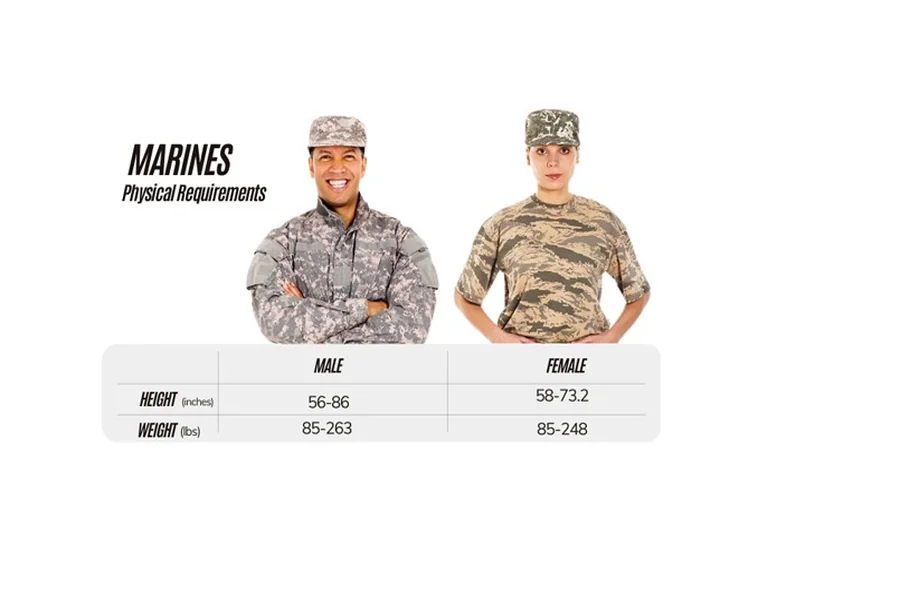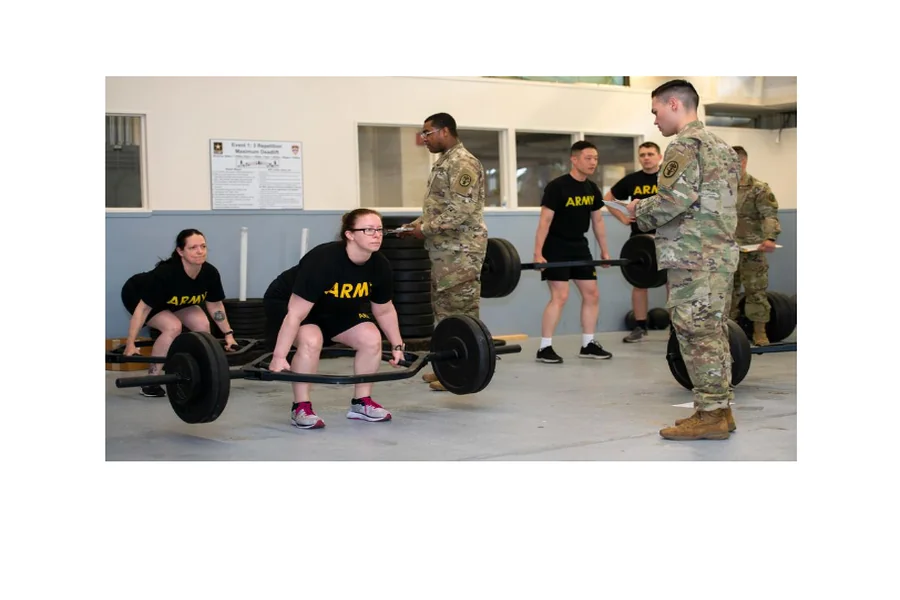When you think of the U.S. Army, words like “discipline,” “strength,” and “honor” come to mind. But behind those ideals is something more practical — and sometimes deeply personal: the Army height weight chart.
This chart isn’t just about numbers. For many soldiers, it represents a lifelong fitness, identity, and self-respect journey. It can be a motivator, a challenge, or even a source of anxiety.
In this article, we explore the Army height and weight standards, how they affect service members physically and emotionally, and what life looks like both in and out of uniform.
Quick Overview: What Is the Army Height Weight Chart?
| CATEGORY | DETAIL |
| Purpose | To ensure soldiers meet health & readiness standards |
| Governing Body | U.S. Department of Defense |
| Measured Every | At least every 3 years (or more frequently) |
| Based On | Age, gender, and height |
| Tools Used | Tape measurements, body fat percentage |
The Rules of the Game: Understanding Army Height and Weight Standards
The Army doesn’t just measure weight — it measures body fat percentage. This means two people of the same height and weight might pass or fail based on their body composition.
Here’s a simplified version of the Army height and weight standards for males and females aged 17–20:
Male Standards (Age 17–20)
| HEIGHT (FEET/INCHES) | MAX WEIGHT (LBS) | MAX BODY FAT (%) |
| 5’0″ | 102 | 20% |
| 5’6″ | 134 | 20% |
| 5’10” | 158 | 20% |
| 6’0″ | 170 | 20% |
| 6’2″ | 182 | 20% |
Female Standards (Age 17–20)
| HEIGHT (FEET/INCHES) | MAX WEIGHT (LBS) | MAX BODY FAT (%) |
| 5’0″ | 109 | 28% |
| 5’4″ | 127 | 28% |
| 5’6″ | 136 | 28% |
| 5’8″ | 145 | 28% |
| 5’10” | 154 | 28% |
These standards increase slightly with AgeAgeAge but remain strict across all ranks.
Why Does the Army Care About Height and Weight?
The U.S. Army height and weight standards aren’t just about looking fit and ready.
Soldiers must carry heavy gear, march long distances, and react quickly under pressure. Excess body fat can impair performance and increase injury risk.
But the policy also has critics. Some argue that the standards don’t always accurately reflect muscle mass, potentially penalizing strong, fit soldiers with higher lean body mass.
Still, the rules are clear: meeting the Army height weight chart is non-negotiable.
The Soldier’s Story: A Personal Journey
Meet Sergeant Marcus Thompson, a 10-year veteran of the Army.
At 5’10”, Marcus was always athletic — a high school football star and a natural leader. When he joined the Army, staying within the height and weight standards came easily.
But after two deployments and a knee injury, things changed.
“I wasn’t moving as much,” he shared. “I started gaining weight. Then I failed my PT test.”
For Marcus, failing wasn’t just a physical setback — it was emotional.
“You start to feel like you’re not part of the team anymore. Like you’ve let yourself down.”
With help from his unit’s wellness program, Marcus got back on track — slowly but surely. He focused on nutrition, built a support group, and passed his next test.
Stories like his show that the Army height and weight standards aren’t just rules — they’re part of a soldier’s identity.
How Are Soldiers Measured?

The Army uses a tape test to determine body fat percentage.
Here’s how it works:
- Men are measured at the neck and waist
- Women are measured at the neck, waist, and hips
- Measurements are plugged into a formula to calculate body fat
If soldiers exceed the allowed body fat percentage, they’re placed in the Army Body Composition Program (ABCP).
From there, they work with professionals to improve — or face potential disciplinary action.
Emotional Impact: Pride, Pressure, and Perseverance
Meeting the Army height and weight standards affects soldiers mentally and emotionally.
For some, it’s a badge of pride — proof they’re still mission-ready.
For others, especially those recovering from injury or dealing with stress-related eating, it can feel like an uphill battle.
Many veterans speak openly about how hard it was to maintain the standard while coping with PTSD, chronic pain, or depression.
“You’re taught to push through pain,” said one female veteran. “But when your body changes and you don’t know how to fix it, it feels like failure.”
Yet, countless stories exist of resilience — soldiers who turned setbacks into comebacks, proving that discipline and heart go hand in hand.
After Service: Life Beyond the Army Height Weight Chart
Once soldiers leave the military, the Army height and weight standards no longer apply — but the habits often do.
Many veterans continue to live healthy lives, staying active and maintaining routines they developed during service.
Others struggle — without the structure of the Army, old habits return.
Organizations like Team Red, White & Blue, and the Wounded Warrior Project help veterans stay connected and active, honoring the values the Army height weight chart once enforced.
Frequently Asked Questions (FAQ)
Q: What is the Army height weight chart used for?
A: It ensures soldiers maintain fitness and body fat appropriate for combat readiness.
Q: How often are soldiers tested?
A: At least every three years, or more frequently if needed.
Q: Can muscular soldiers fail the test?
A: Yes, because the tape test doesn’t distinguish between muscle and fat.
Q: What happens if a soldier fails the height and weight standards?
A: They enter the Army Body Composition Program (ABCP), which includes counseling, workouts, and progress tracking.
Q: Are the Army height and weight standards the same for men and women?
A: No. Standards differ by gender, with women allowed a higher body fat percentage due to natural physiological differences.
Follow Us on Social Media
Stay updated with inspiring stories, military news, and health tips:
- Instagram: @MilitaryLifeAndHealth
- Twitter/X: @RealArmyFitness
- Facebook: /VeteranWellnessHub
- YouTube: Military Mindset Motivation



